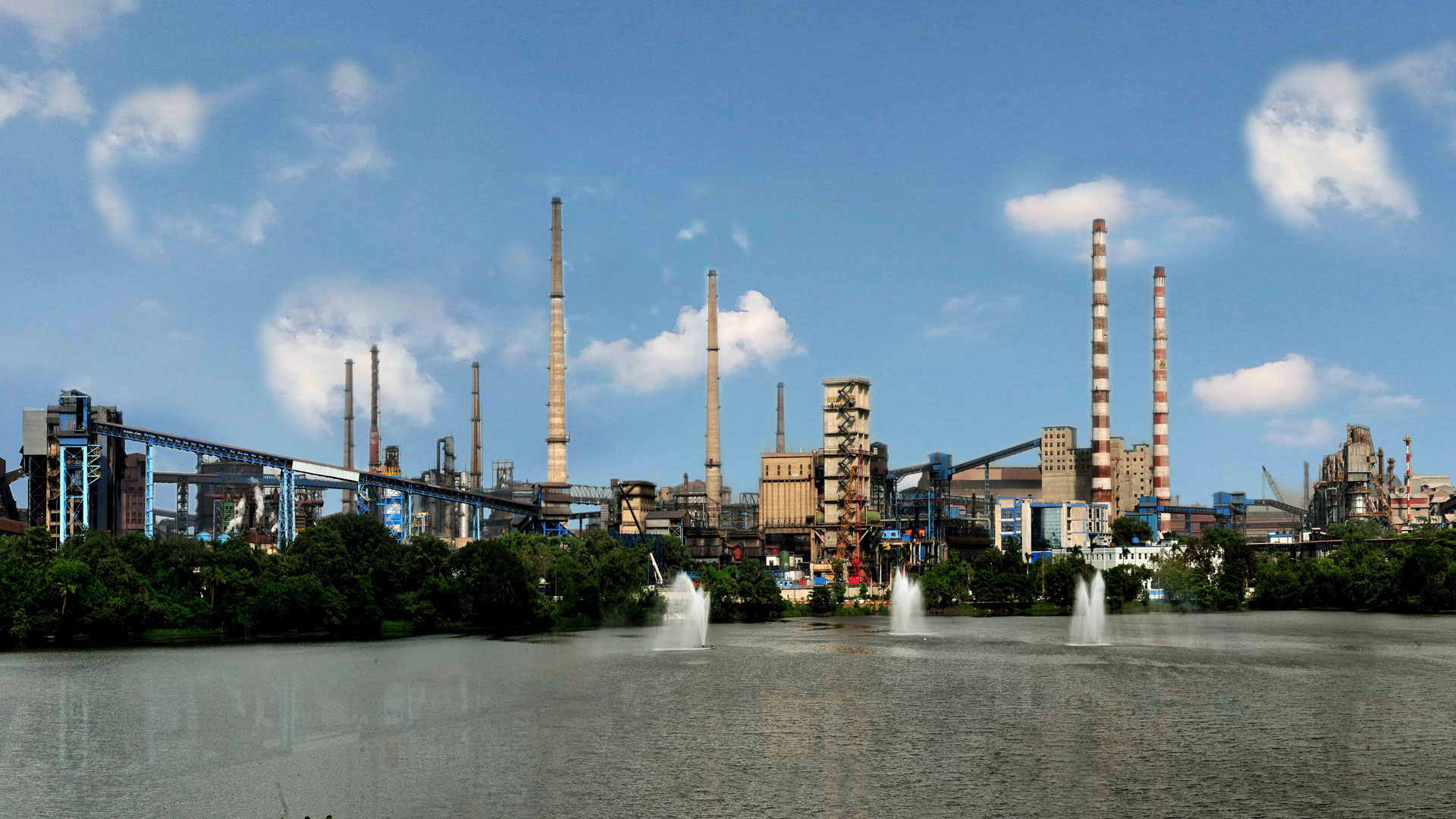Tata Steel Plans to Scale Up Usage of Hydrogen in Steel Making Process 2023 : CEO & MD T V Narendran

Tata Steel Plans to Scale Up Usage of Hydrogen in Steel Making Process 2023 : CEO & MD T V Narendran
At its steel factory in Jamshedpur, Jharkhand, Tata Steel started the first trial of its sort in April 2023 by injecting hydrogen gas using 40% of the injection systems in the E-blast furnace.
Following the successful conclusion of the pilot project at its Jamshedpur facility in Jharkhand, Tata Steel wants to increase the use of hydrogen in the steel-making process, according to the CEO and MD of the firm, T V Narendran.
At its steel factory in Jamshedpur, Jharkhand, Tata Steel started the first trial of its sort in April 2023 by injecting hydrogen gas using 40% of the injection systems in the E-blast furnace.
“It was very successful, we will scale it up, but eventually we need to have green hydrogen available in Eastern India that will determine how it can be used,” Narendran told PTI in response to a query on the experiments’ outcomes.
He omitted to mention how much the business intended to boost its use of hydrogen, though. Hydrogen injection into blast furnaces aids in reducing coal usage, which lowers carbon footprint. “This is the first time in the history of the world that such a large quantity of hydrogen gas is being continuously injected in a blast furnace,” he declared.
Speaking on the company’s activities in the Netherlands, Narendran said the shift from coal to gas to hydrogen is crucial for the country since Tata Steel Netherlands would rank among the region’s major consumers of hydrogen.
The leader of the industry said that hydrogen is a crucial component of the answer in helping the steel industry transition to a more environmentally friendly future since, like coal, it is crucial for reducing emissions throughout the steelmaking process in addition to serving as an energy source. About 8% of the carbon footprint worldwide is caused by steel.

In a significant move aimed at reducing its carbon footprint, Tata Steel has announced plans to escalate the usage of hydrogen in its steel-making processes. CEO and Managing Director T.V. Narendran revealed these ambitious plans during an industry conference, signaling Tata Steel’s commitment to a more sustainable and environment-friendly future.
The steel industry is a major emitter of greenhouse gases, accounting for 7-9% of global CO2 emissions, according to the World Steel Association. Tata Steel’s initiative comes at a crucial time when nations and industries are grappling with the need to meet climate targets. The transition from coal to hydrogen is considered by many as the future of steel production, and Tata Steel’s move could very well be a game-changer in this respect.
Tata Steel has initiated pilot projects to assess the practicality and scalability of using hydrogen as a reducing agent in steel production. The company aims to blend hydrogen with carbon to create a more sustainable alternative to the traditionally carbon-heavy steel production process.
According to Narendran, the company has partnered with technology providers, research institutions, and governmental organizations to make this a reality. The ultimate objective is to replace a significant portion of the coke and coal used in blast furnaces with green hydrogen, thereby reducing CO2 emissions considerably.

The use of hydrogen in steel production is not a straightforward task and entails numerous technological challenges, including but not limited to Hydrogen needs to be used at very high temperatures, demanding alterations in existing furnace designs.Currently, the cost of producing green hydrogen is relatively high, making it economically challenging.
The process requires significant amounts of renewable electricity to produce green hydrogen, raising questions about its energy efficiency in comparison to traditional methods.
Tata Steel, however, is committed to overcoming these challenges through research and development and has already begun technological adaptations in its pilot plants.
Adopting hydrogen technology will necessitate substantial initial investments in research, infrastructure, and workforce training. Tata Steel has earmarked significant resources for these requirements, viewing them as investments in the long-term sustainability and profitability of the company.

The use of hydrogen could also lower operational costs in the long run, as economies of scale are achieved and the price of renewable energy continues to fall. Additionally, by being an early adopter of this technology, Tata Steel is poised to gain a competitive edge in an increasingly environmentally-conscious market.
The most significant advantage of the hydrogen-based method is its potential for substantial reductions in carbon emissions. Narendran highlighted that the company aims to reduce its carbon emissions by 30% by 2030 and aims for carbon neutrality by 2050, in alignment with international climate goals.
Tata Steel’s initiative could serve as a blueprint for the global steel industry, most of which is still reliant on traditional, carbon-intensive methods. Moreover, this move has positive implications for local communities through potential job creation in new fields like hydrogen production and technology.
)
As T.V. Narendran declared, the road ahead is challenging but promising. Tata Steel’s commitment to leveraging hydrogen in steel production symbolizes not just a company’s initiative but an industry’s step towards a more sustainable future.
The pilot projects and research endeavors will likely pave the way for more significant changes not just within Tata Steel but also in the steel industry at large.
The ramifications of this shift will inevitably extend beyond industry borders, contributing to the global fight against climate change.




